This year in Space: The biggest and the most interesting things that happened in space in 2017
IBTimes UK science team brings you the most interesting space stories of 2017.
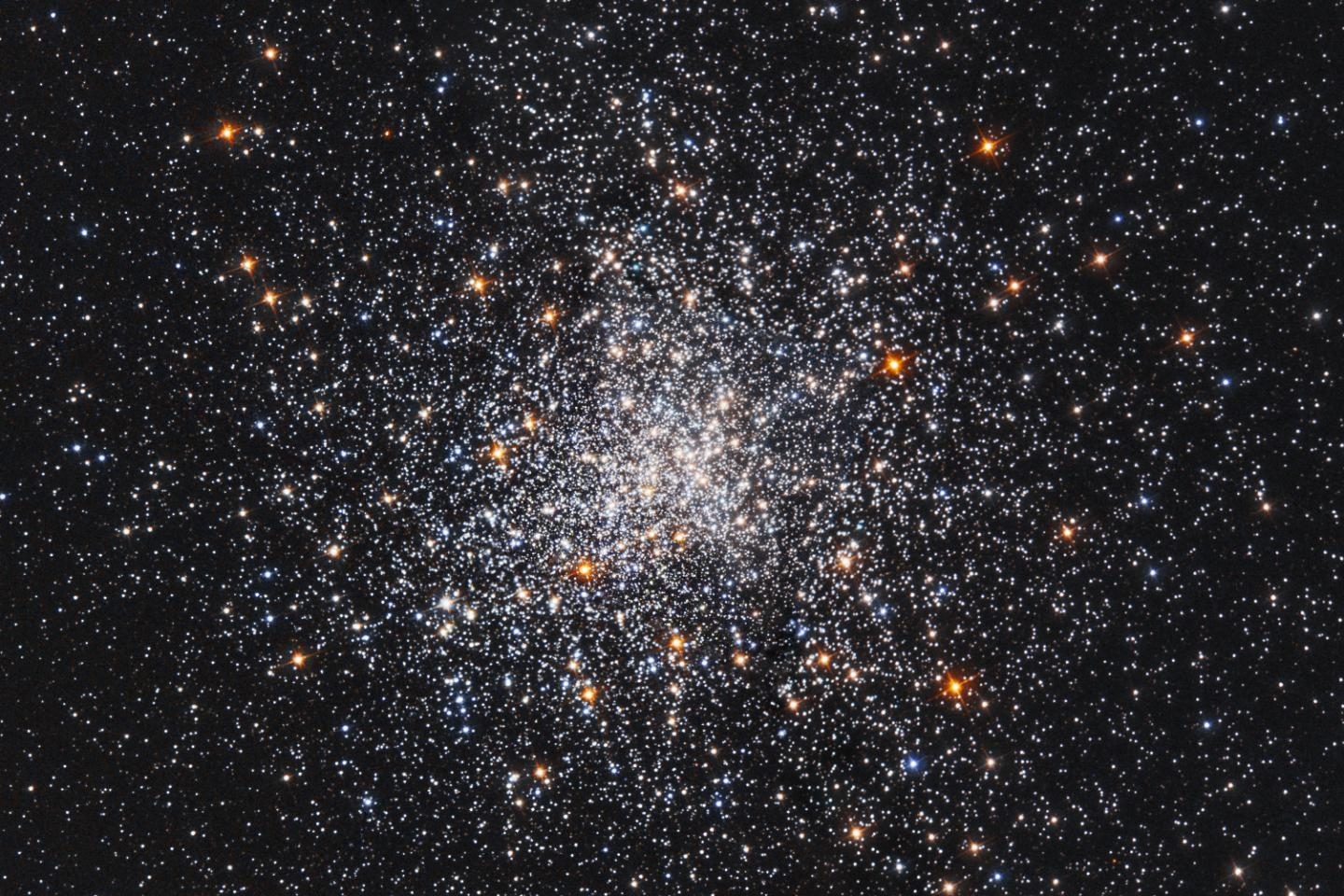



The year of 2017 saw numerous major new discoveries that have helped demystify space and all that happens in deep space a smidge more than before. Numerous new studies about our solar system planets, black holes and more have helped shed light on hitherto-unknown aspects of the deep space.
The past year has seen historical detections of space activities and has been filled with amazing discoveries of new alien worlds and distant stars, which makes it a challenging job for us to narrow down the best space stories, but we've given it a go anyway.
Here are IBTimes UK science team's favourite space stories of the year:-


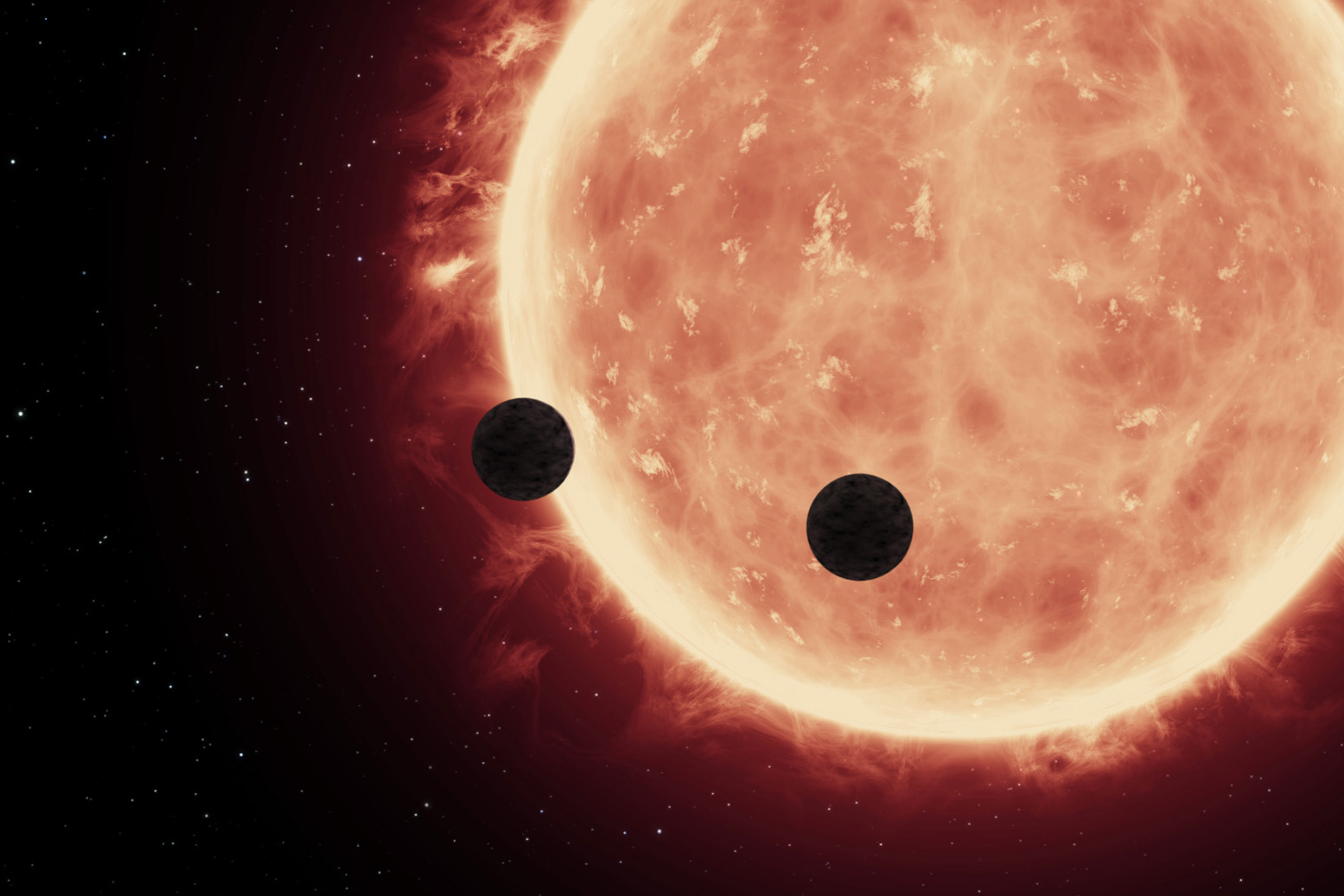
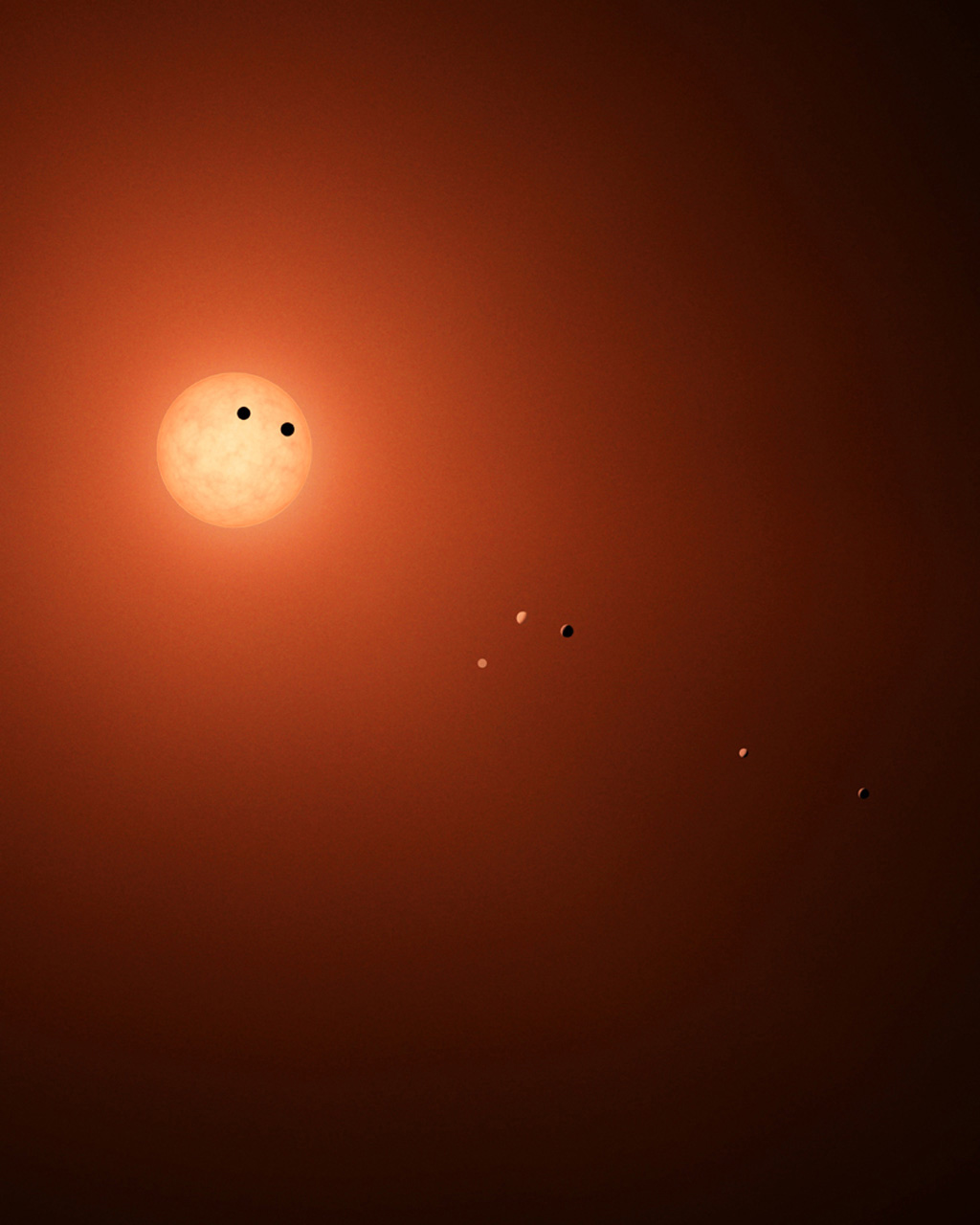
Trappist-1: Nasa discovers seven potentially habitable exoplanets
In February, Nasa announced discovering seven new alien worlds located in a star system 40 light years away, three of which are considered to be strong contenders for hosting alien life. The American space agency even made some raw data from its observations of Trappist-1 publicly available. The exoplanets are believed to have been around for nearly 500 million years, which could be just enough time for living organisms to have developed and sustained on some of the exoplanets.

Planet Nine: Scientists may be one step closer to finding the elusive ninth planet
This year, scientists uncovered further evidence that points to the existence of the elusive Planet Nine. One of the most interesting theories suggests that the Kuiper belt objects' mysterious behaviour – unlike every other planetary body in our solar system, these objects orbit in the opposite direction – could be explained by the existence of Planet Nine. Click here to find out more interesting facts about Planet Nine.
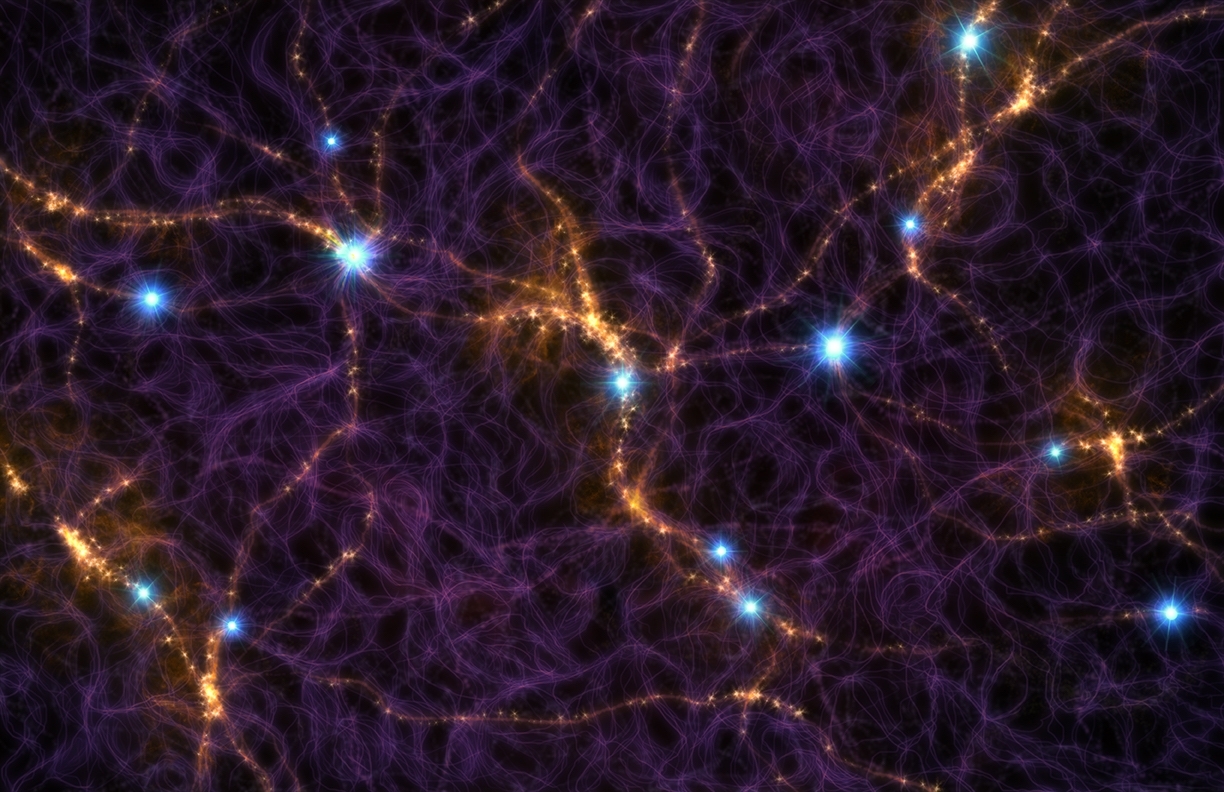

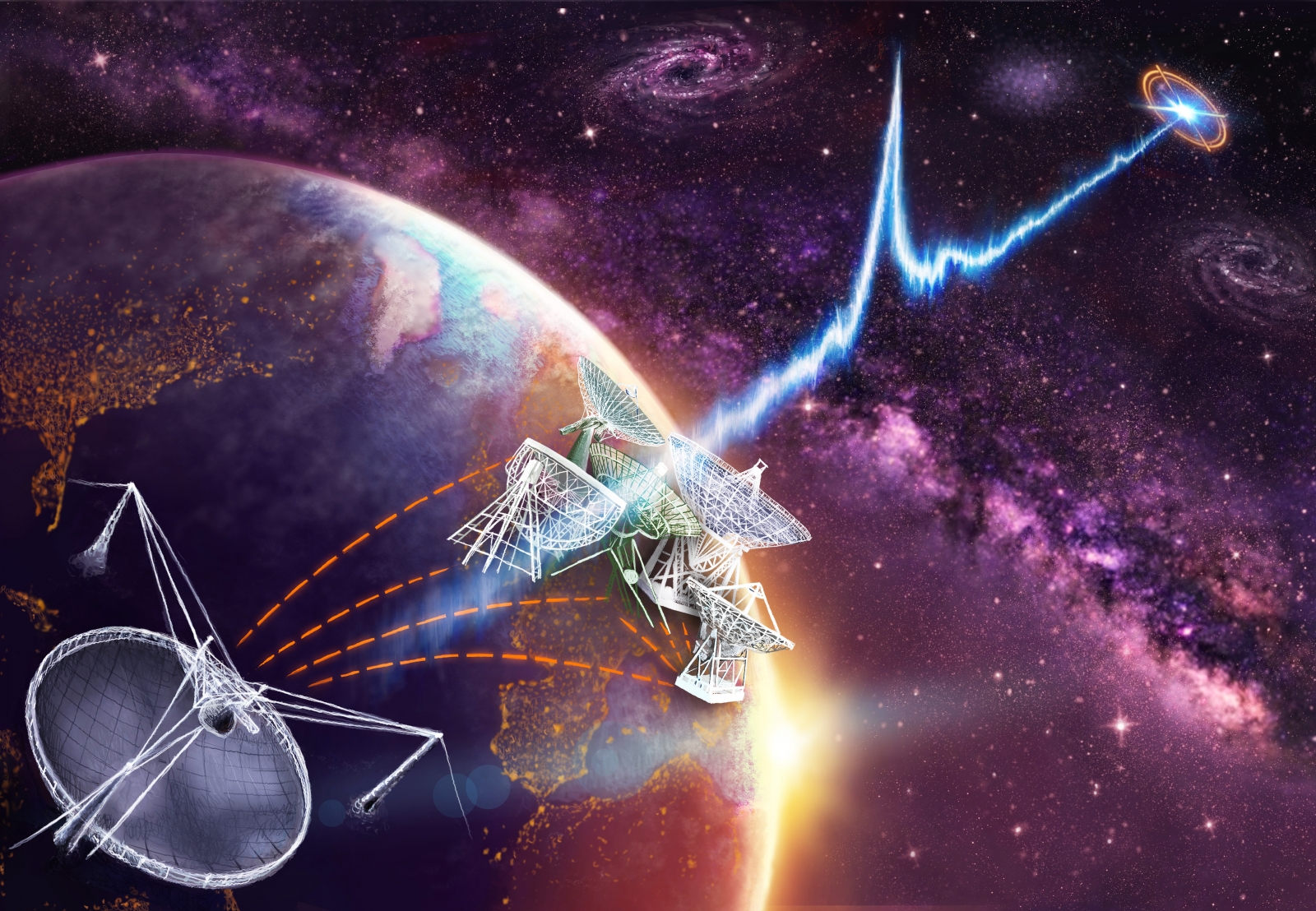
FRBS: Mysterious space signals coming from millions of light years away
The past year saw around 15 new mysterious space signals – fast radio bursts (FRBs) – coming from a dwarf galaxy more than three billion light-years away. Although it is still not known what is causing these signals, the detection of the source is a major breakthrough for astronomers. A new study this year also put forward the theory that FRBs may not be as rare as previously thought and in fact, these mysterious signals may be firing off every second across the Universe.


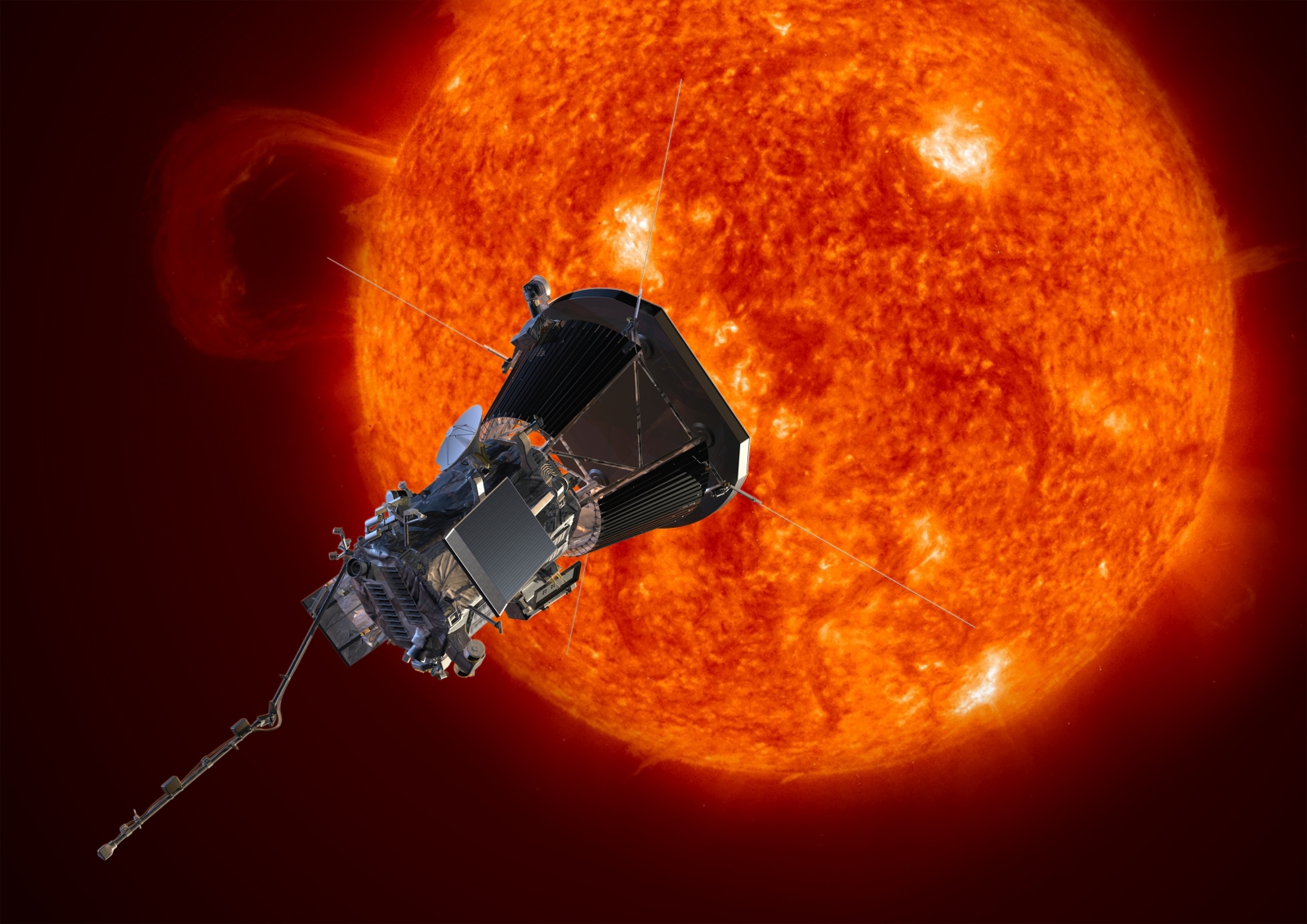
Psyche: Nasa's ambitious mission to "touch the Sun"
In May, Nasa announced its very first mission to "touch the Sun". The ambitious mission will involve flying a solar probe closer to the Sun than any spacecraft ever has before. Nasa's Solar Probe Plus mission will see the space agency's probe travel directly into our Sun's atmosphere, withstanding extreme temperatures and radiation, to collect data that may help researchers unlock further mysteries of space.
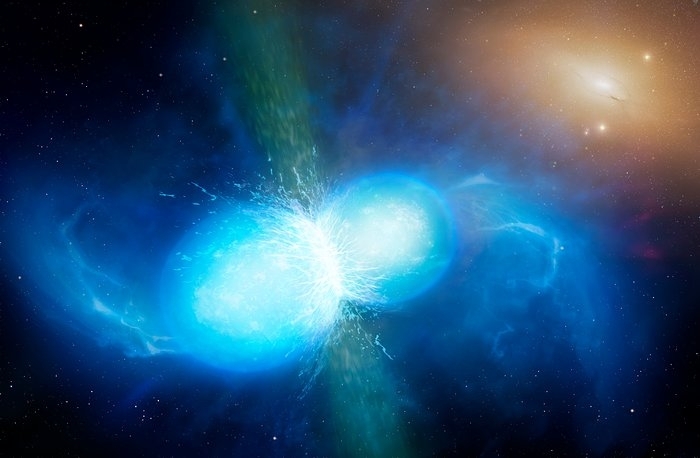

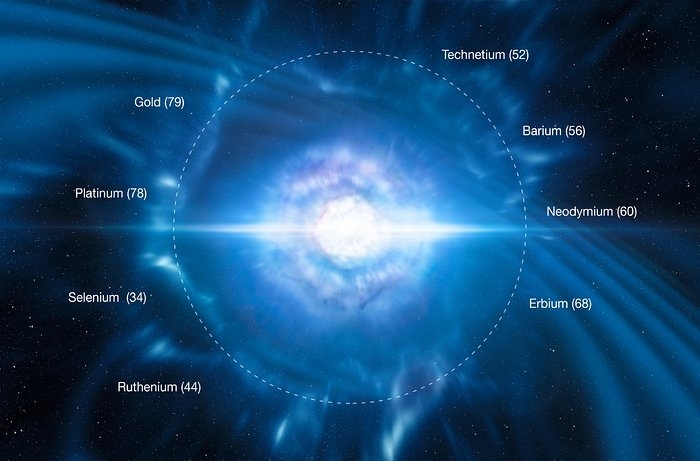
Kilonova neutron star merger that spewed gold and platinum into space
In a historic breakthrough, scientists detected light emitting from a gravitational wave source for the first time ever. The unique astronomical event – kilonova – which is caused by the merger of two neutron stars, saw elements such as gold and platinum being scattered across space. More recently, scientists suggested that the astronomical phenomenon may have created a black hole in its wake.
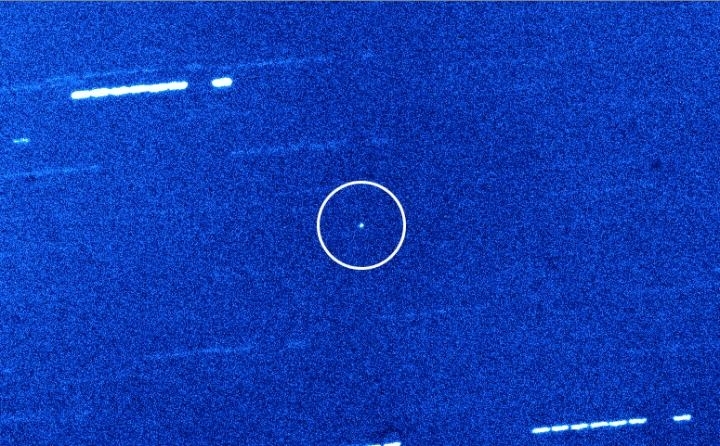


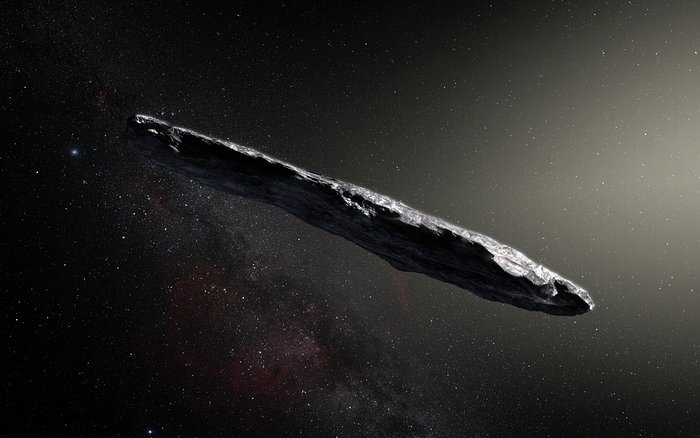
Oumuamua – the first interstellar asteroid, or is it an alien spaceship or an alien life carrier...?
In October, astronomers first spotted an interstellar object, now known as Oumuamua, entering our solar system for the very first time. At that time they weren't sure if the object was a comet or an asteroid but further analysis of Oumuamua revealed that it was, in fact, our very first interstellar asteroid. Since its discovery, scientists have been baffled about its bizarre cigar-shaped structural make-up and more. Recently, alien-hunting scientists searched for radio signals from the asteroid, to determine whether it could be more than just a space rock – an alien probe or even a galactic bus carrying extraterrestrial life. Click here to read more about the mysterious Oumuamua.
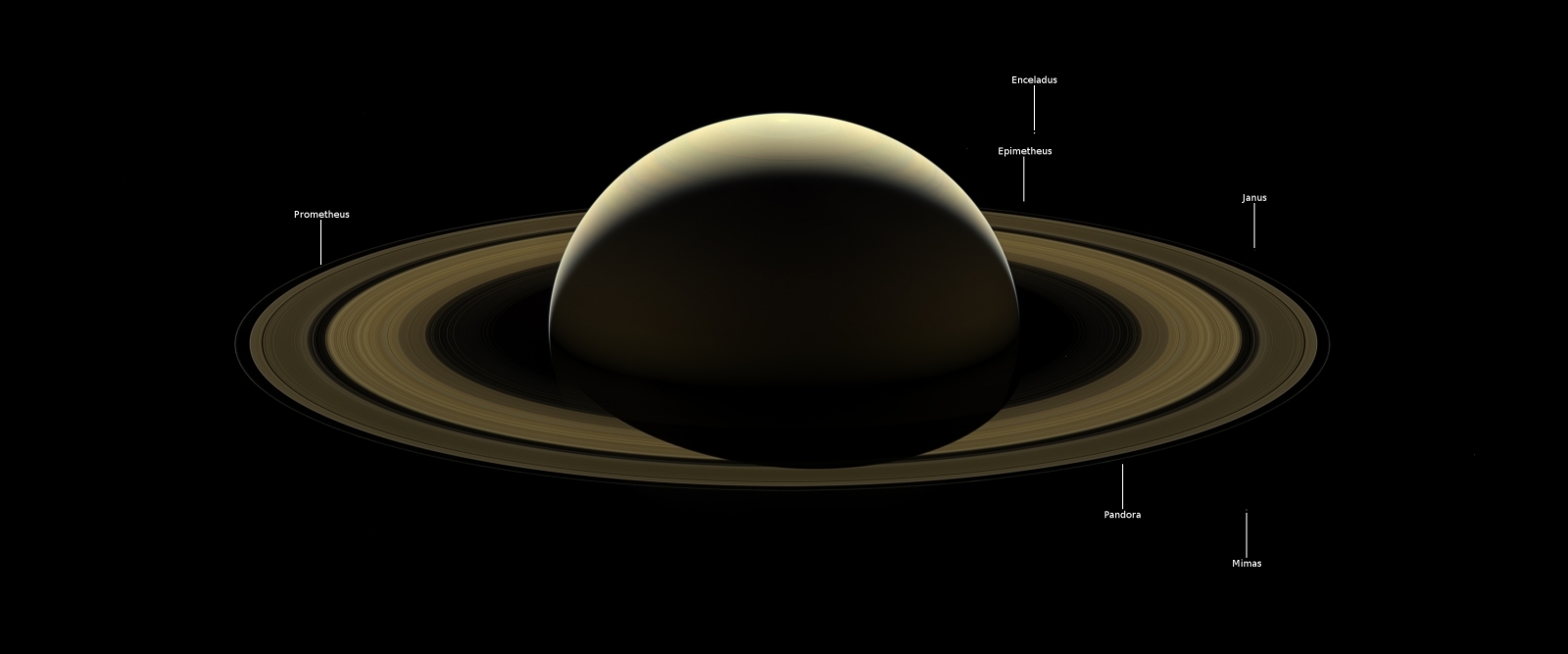




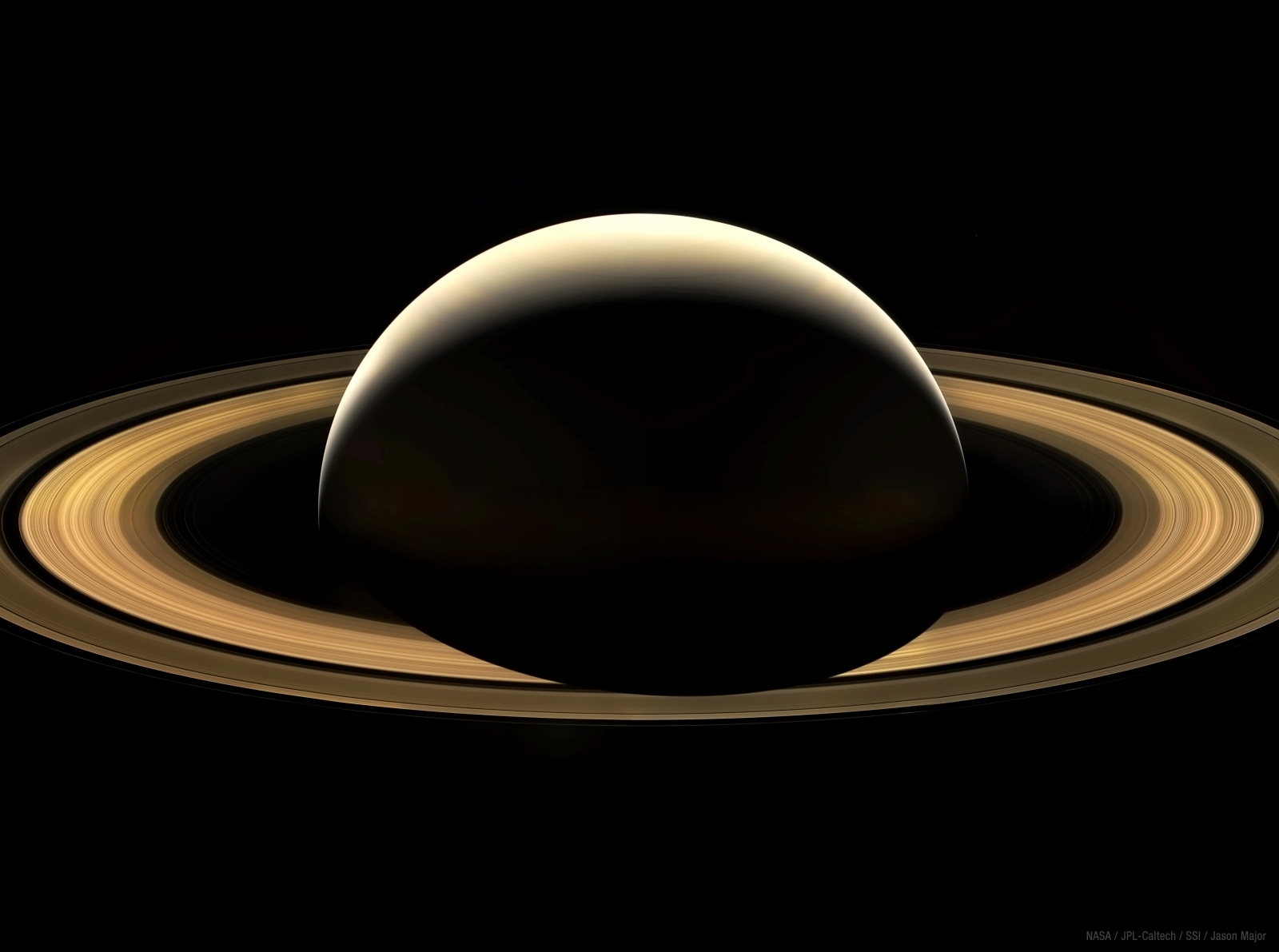
The Cassini spacecraft was one of Nasa's longest-running missions at Saturn. In September, Cassini bid a final adieu before plummeting to its death, colliding right into the giant ringed planet. The past year saw Nasa share some incredible photos and data that Cassini gathered, providing us with an up-close view of Saturn sweeping rings as well as previously-unknown information about the planet's moons.

Universe's largest magnetic fields discovered
In March, scientists announced that they found the largest magnetic fields ever to be found in the universe, that extended five to six million light years. The researchers believe that massive cosmic collisions between galaxy clusters have created some of the enormous magnetic fields in the universe. Click here to read more about the universe's largest known magnetic field.

Russian cosmonauts claimed to have found bacterial organisms in the hull of the International Space Station (ISS), which may not have originated from Earth. Russian cosmonaut Anton Shkaplerov said that the bacteria that was found had not been present at the time of the launch, suggesting that it may have settled onto the ISS hull after flying in from outer space – in other words, the bacteria could have extraterrestrial origins.

Historic fourth detection of gravitational waves
In September, scientists at LIGO and the Virgo Gravitational-Wave Observatory made the historic announcement of having detected gravitational waves for the fourth time in human history. However, this was the first time that scientists were able to successfully observe gravitational waves from two separate detectors located on two different continents.






















